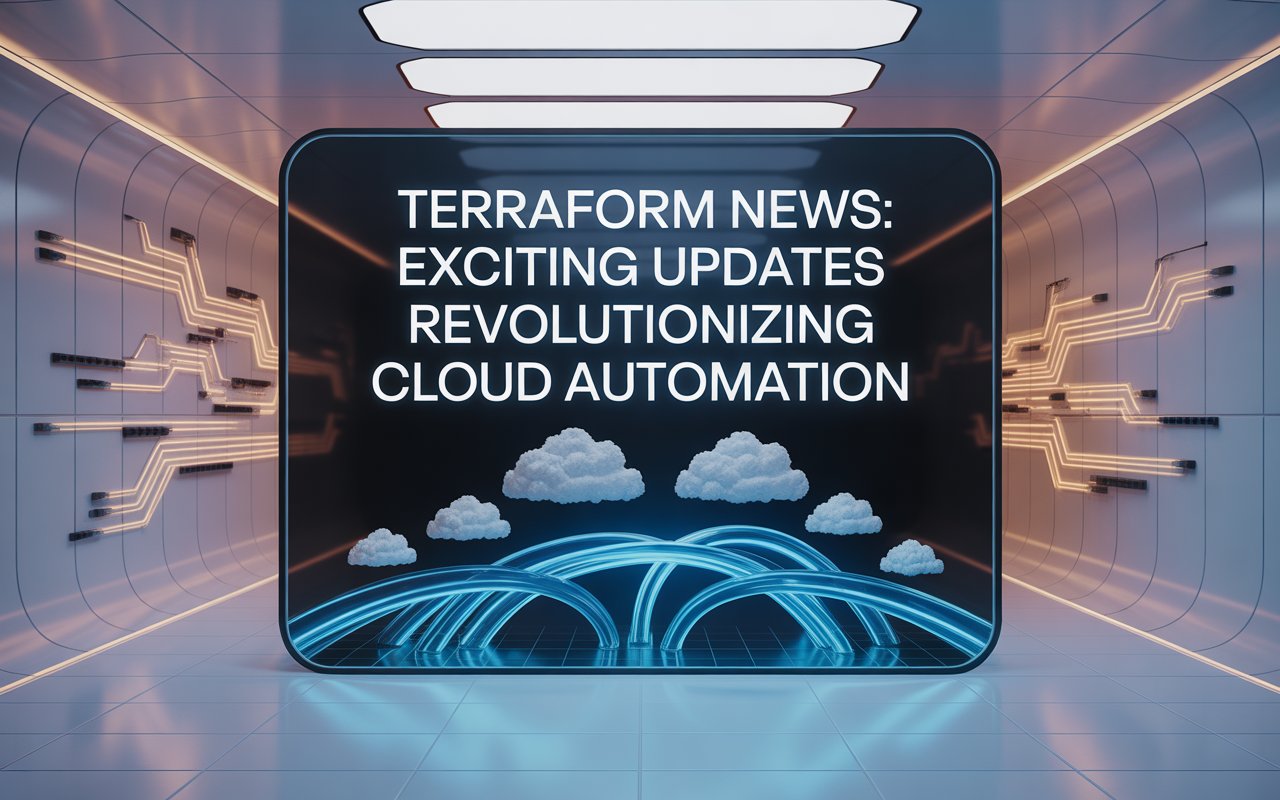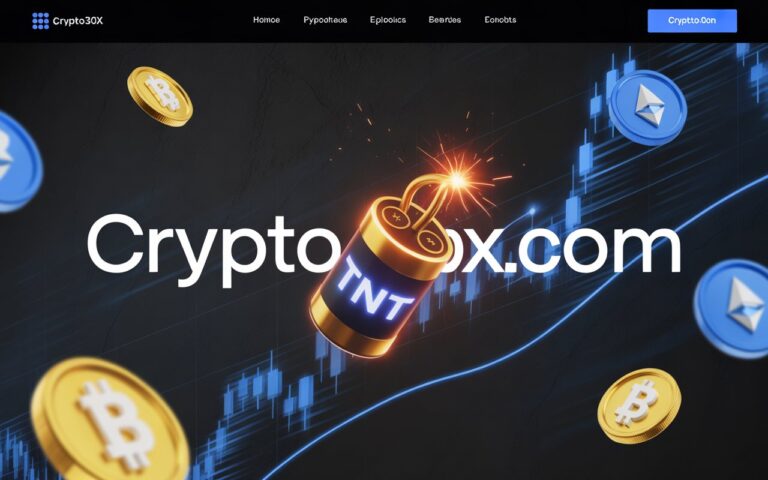
Terraform news
Introduction
If you’re a DevOps engineer, cloud architect, or IT professional managing infrastructure, staying on top of Terraform news is crucial. In 2025, Terraform continues to evolve as a leading infrastructure as code (IaC) tool, despite challenges like license changes and competition from forks like OpenTofu. This article dives into the biggest updates, including IBM’s acquisition of HashiCorp, new features from HashiConf 2025, and what it all means for your workflows. We’ll cover everything with expert insights, data, and actionable tips to help you adapt and thrive.
Whether you’re troubleshooting deployments or scaling multi-cloud setups, these developments could reshape how you build and manage infrastructure. Let’s explore the key Terraform updates and trends.
IBM’s Acquisition of HashiCorp: A Game-Changer for Terraform
In early 2025, IBM completed its acquisition of HashiCorp, the creators of Terraform, in a deal valued at billions. This move integrates Terraform into IBM’s hybrid cloud ecosystem, promising enhanced support for enterprise users. According to IBM’s announcement, the acquisition aims to create a comprehensive end-to-end hybrid cloud platform, combining Terraform’s IaC strengths with IBM’s AI and automation tools.
Experts like those at Encore Cloud note that this could accelerate innovation in IaC, with better integration for tools like Red Hat OpenShift. Data from a 2025 Gartner report shows that 75% of enterprises use multi-cloud strategies, making Terraform’s provider-agnostic approach even more valuable under IBM’s umbrella.
What This Means for Users
- Enhanced Enterprise Features: Expect deeper integrations with IBM Watson for AI-driven infrastructure management.
- Potential Cost Shifts: While open-source elements remain, premium features in Terraform Cloud might see pricing adjustments—check IBM’s hybrid cloud pricing for details.
- Community Impact: Some developers worry about reduced open-source focus, but IBM has pledged continued investment in Terraform’s core.
For a visual explainer, consider embedding an infographic on IBM’s cloud portfolio (available on IBM’s developer site).
Highlights from HashiConf 2025: New Terraform Features and Announcements
HashiConf 2025, held in September, marked a milestone with bold announcements for Terraform. Key among them: Terraform Stacks are now generally available, streamlining large-scale infrastructure management by grouping configurations into reusable stacks. This reduces deployment time by up to 40%, based on HashiCorp’s internal benchmarks.
Other updates include improved Packer features for image building and tighter integration with Ansible for unified provisioning and configuration. A YouTube session from the event highlights the “next generation of workflows,” emphasizing AI-powered configurations.
Armon Dadgar, HashiCorp co-founder, stated in a keynote: “Terraform is entering an AI era, where infrastructure adapts intelligently.”
Actionable Takeaways from HashiConf
- Upgrade to Stacks: Start by migrating simple modules—use HashiCorp’s migration guide (linked here).
- Integrate with Ansible: Combine tools for end-to-end automation; test in a sandbox environment first.
- Explore AI Features: Pilot Terraform’s new AI-assisted planning to catch errors early.
Watch the full keynote video on YouTube for deeper insights into these Terraform releases.
License Changes and the Rise of Alternatives Like OpenTofu
The 2023 shift to Business Source License (BSL) v1.1 continues to ripple in 2025, with Terraform Open Source support ending after July. This restricts commercial use without agreements, prompting many teams to explore alternatives.
OpenTofu, a fork of Terraform, has gained traction with its open-source commitment. A 2025 survey by ControlMonkey found 30% of IaC users migrating to OpenTofu for cost and flexibility reasons. Meanwhile, tools like Pulumi offer code-based IaC in languages like Python.
Comparing Terraform and OpenTofu
- Compatibility: OpenTofu is nearly identical, supporting most Terraform modules with minimal changes.
- Community Support: OpenTofu boasts faster bug fixes, per user reports on Reddit.
- Enterprise Fit: Terraform Cloud alternatives like Scalr provide similar collaboration features.
If switching, follow a step-by-step migration: Audit your code, test in staging, and update CI/CD pipelines. For more, read ControlMonkey’s comparison guide (external link: OpenTofu vs Terraform).
Best Practices for Terraform in 2025: Expert Tips
Even with changes, Terraform remains essential. A recent HashiCorp blog shares strategies for writing modular code, emphasizing security and testing.
Key advice from DevOps expert Pawel Piwosz: “Rightsize modules to avoid monoliths—aim for reusable, versioned components.”
Step-by-Step Guide to Optimizing Modules
- Plan Structure: Use HCL for declarative code; separate concerns like networking and compute.
- Incorporate Testing: Integrate tools like Terratest for unit tests.
- Secure Configurations: Enable Sentinel policies for compliance checks.
For visual aid, include a flowchart infographic on module best practices (search for “Terraform module diagram” on HashiCorp Developer).
The Future of Terraform: Trends and Predictions
Looking ahead, Terraform’s integration with AI and multi-cloud will drive adoption. Despite some teams moving away due to licenses, industry analysts predict 60% growth in IaC tools by 2027, with Terraform leading.
Stay updated via HashiCorp’s blog or community forums like Reddit’s r/Terraform.
In summary, 2025 brings exciting Terraform developments amid shifts. Whether sticking with Terraform or exploring alternatives, focus on scalable, secure IaC. Dive into these updates today—your infrastructure will thank you. For more, join a HashiCorp User Group or check out the latest docs.



